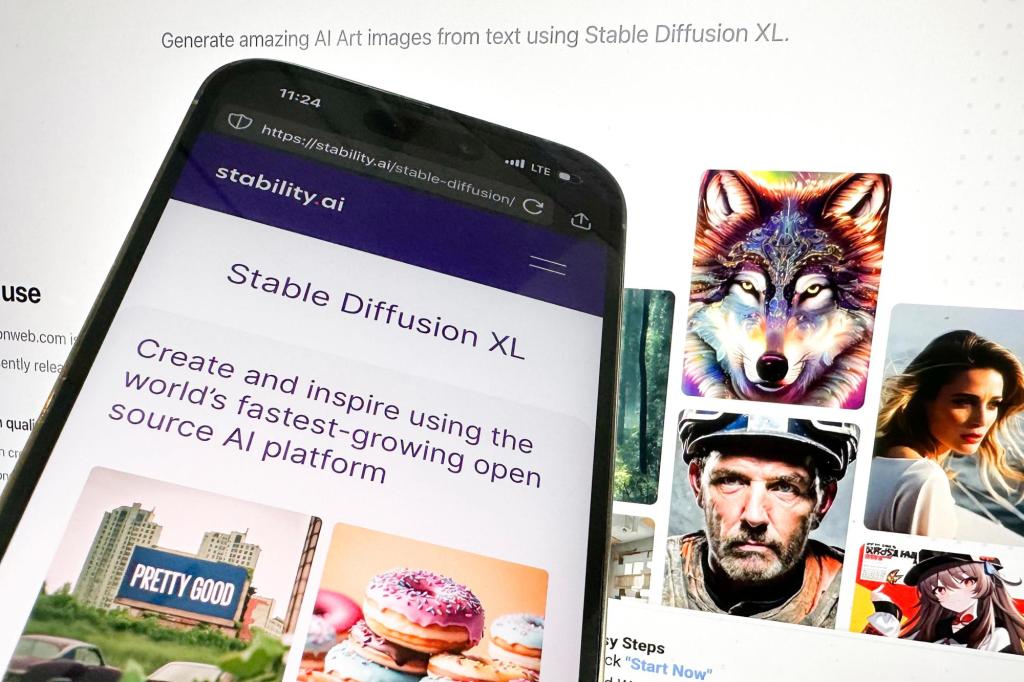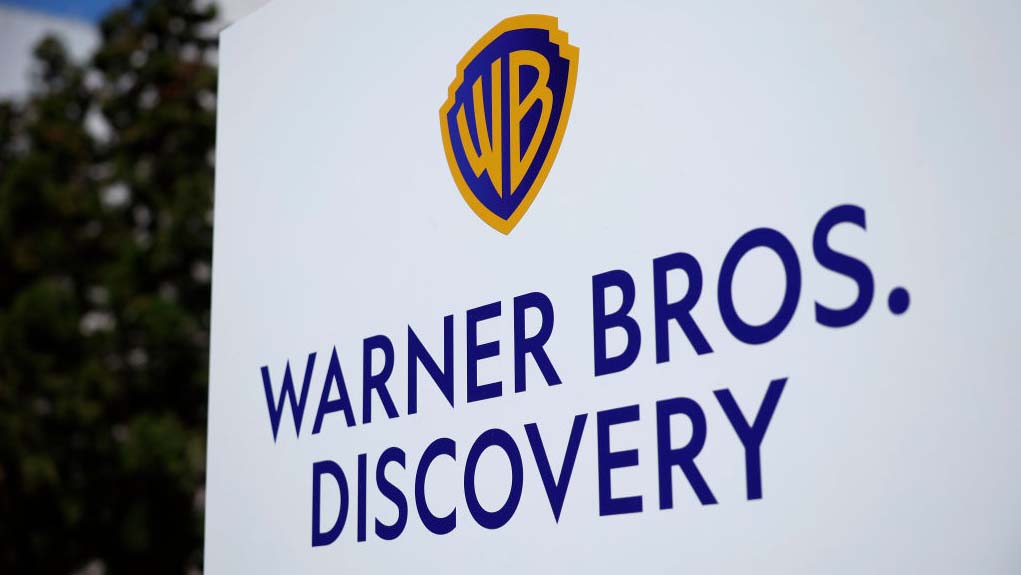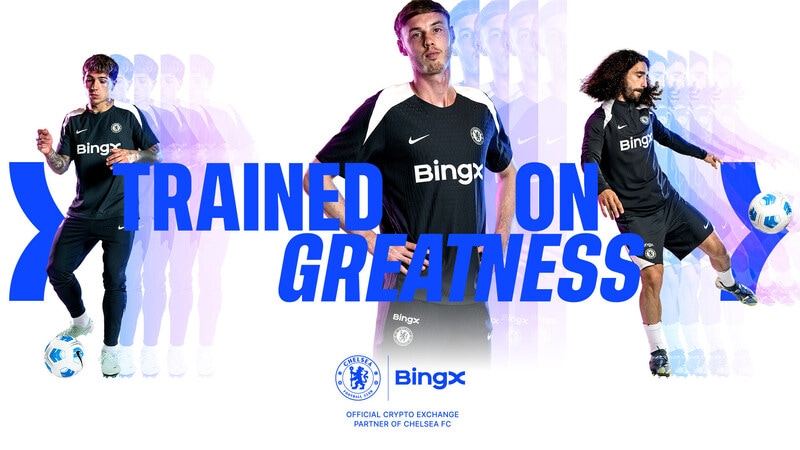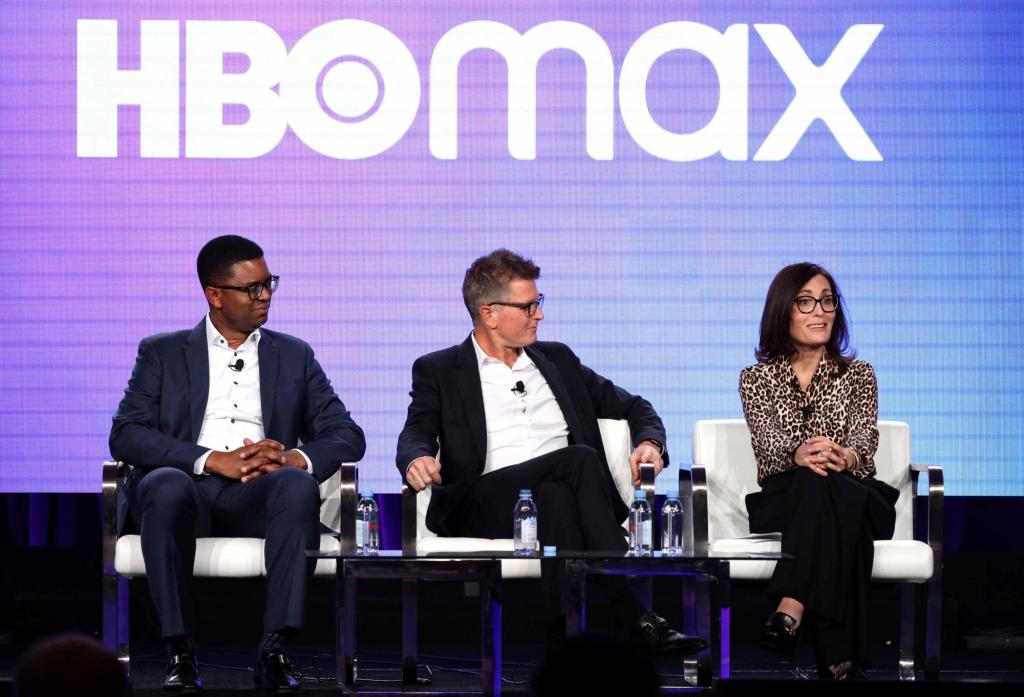Welcome to Sportico’s transactions wire, a weekly rundown of personnel, partnerships, products and purchases across the sports business industry.
PERSONNEL
Mark Lazarus Expands Leadership Team with Sports and Distribution Hires
Mark Lazarus—the chief executive officer of SpinCo, Comcast’s planned spin-off of select media brands—has appointed Matt Hong as president of sports, Jeff Behnke as executive producer and SVP of sports production and Roy Cho as president of distribution and partnerships. Hong will lead the company’s sports rights portfolio, which are primarily distributed on USA Network and Golf Channel. Most recently, Hong served as president and chief operating officer of PlayOn!, a high school media and technology company. Behnke, who joined NBC Sports in 2014, will oversee day-to-day operations of the sports portfolio and lead all studio and remote productions. Cho will be responsible for driving strategic alliances and advancing distribution and monetization opportunities across the company’s portfolio upon completion of the spin-off. Most recently, Cho served as executive vice president for distribution and business development at AMC Networks.
Zack Sugarman Joins Two Circles as SVP
Former Wasserman senior executive Zack Sugarman has joined Two Circles as senior vice president. In his new role, Sugarman will lead senior client relationships and teams of revenue growth specialists across Two Circles’ North American business, working with clients to grow their audiences and revenues. Prior to joining Two Circles, Sugarman spent roughly 15 years at Wasserman, leading strategic growth for its properties division. Most recently, Sugarman spent the last three years in the tech startup world focusing on AI-enabled lead generation as chief strategy officer of Demand Sports in addition to digital IP and immersive experiences as chief strategy officer of Superplastic.
Marius Ramdahl Named Head of Fuse Nordics
Global sports and entertainment agency Fuse, part of Omnicom Media Group, has announced Marius Ramdahl as head of Fuse Nordics. The creation of the new regional role follows the recent expansion of Fuse into Sweden and Finland. Through Fuse, OMG will leverage the growing potential of sports and entertainment marketing in the Nordics, offering consultancy services to support brand advertisers with their partnership needs. Ramdahl has been selected to lead the regional Fuse business unit from Oslo; the appointment will be an additional remit to his successful six-year tenure as managing director of Fuse Norway.
PARTNERSHIPS
PrizePicks Named Daily Fantasy Sports Partner of Padres
PrizePicks has partnered with the San Diego Padres as the team’s Official Daily Fantasy Sports Partner. As part of the agreement, PrizePicks will receive prominent in-venue branding at Petco Park, including LED signage in the outfield and banner displays throughout the ballpark’s concourses. The partnership also extends to the Padres’ digital platforms, with PrizePicks featured through banner advertising on Padres.com and pregame commercial reads on Padres.TV during the regular season. PrizePicks will launch an in-game promotion throughout the 2025 season whenever the Padres score 10 or more runs in a home game.
Ndax Becomes Crypto Trading Platform Partner of Stanley Cup Playoffs
Ndax has become the Official Crypto Trading Platform Partner of the NHL during the 2025 Stanley Cup Playoffs. This is Ndax’s first professional sports league partnership and the NHL’s first crypto trading platform partner. Under the partnership, Ndax will receive prominent brand exposure during the playoffs, with the Ndax logo appearing in one of the league’s camera-visible corner in-ice brand positions for all Canadian playoff games and on the NHL’s digital enhanced dasherboards during all national Stanley Cup Playoffs broadcasts in Canada. In addition to exclusive marketing rights and designations in Canada, Ndax will launch a dedicated playoffs campaign, Ndax ICE, which will feature daily, weekly and round-based giveaways, with prizes including credits to be used to secure cryptocurrency of the winner’s choice directly through Ndax and a grand prize of tickets to the 2025 Stanley Cup Final.
Infinite Athlete Partners With Magnifi in AI Sports Innovation
Infinite Athlete and AI-powered enterprise video solutions company Magnifi have entered into a strategic partnership to bring products to U.S. sports leagues and teams. Infinite Athlete’s proprietary AI-driven technology utilizes a cutting-edge platform to sync all data from live events. Currently, Infinite Athlete technology is deployed across U.S. professional football operations, the NFLPA, Chelsea FC and more. Magnifi impacts the world of video production and editing through an ecosystem of AI-driven technologies. Magnifi has partnerships with the Indian Premier League (IPL), CONCACAF, Flo Sports, Mountain West Conference and FIFA+, where its technology product delivers moments with AI-powered real-time highlights, key moments and dynamic player clips.
Diamond Baseball Holdings, DreamSeat Partner to Elevate Stadium Experience
Diamond Baseball Holdings (DBH), an organization that owns and operates 43 minor league baseball (MiLB) clubs affiliated with Major League Baseball (MLB), has formed a strategic partnership with DreamSeat, a stadium seating and furnishings provider, to elevate the ballpark experience across its roster of clubs. The multiyear partnership designates DreamSeat as the Preferred Stadium Seating & Branded Furnishings Provider of DBH. This collaboration will see DreamSeat’s seating solutions integrated into DBH’s ballparks, enhancing both the fan experience and the overall game-day atmosphere.
PRODUCTS
Creative Artists Agency Launches CAA Family Office Advisory Service
Creative Artists Agency has launched the CAA Global Family Office Advisory, a new service area led by industry veteran Julie Zorn. CAA Global Family Office Advisory will work on behalf of ultra-high-net-worth individuals, families and family offices, blending strategic advisory with CAA’s reach and resources, providing clients strategic insight, cultural fluency and global connectivity. Zorn and her team will advise family office clients on structure and design, family governance, operational efficiency, and board, leadership, philanthropic and human capital advisory. Most recently, Zorn was the head of the family office practice at StevenDouglas.
PURCHASES
Respondology Secures Additional $5 Million in Series A-1 Funding
Respondology, which deals in social media comment moderation, has closed a $5 million Series A-1 funding round. This internal round builds on the $11 million Series A funding secured in 2023 from the same investor group. Respondology’s Comment Activation Platform operates in over 100 languages and provides two flagship products: Moderate, which protects brands in real-time from toxic comments, abuse, spam and bots; and Discover, which delivers insights by analyzing comment trends and sentiment in a few clicks and 30 seconds. Together, these solutions turn unstructured comment data into strategic marketing intelligence, helping brands enhance audience engagement and refine their marketing strategies.
































































